
Resources
Many of these resources originate from nationally recognized experts and leaders in trauma, grief, loss, and child and adolescent psychology. Some are created by educators, researchers, and industry professionals, while others may be the firsthand accounts of individuals who have experienced loss or supported someone who has.

Flip the Script
Description: This flip-card activity from NACG provides better alternative to common statements people make in effort to comfort a grieving individual.
Source: NACG
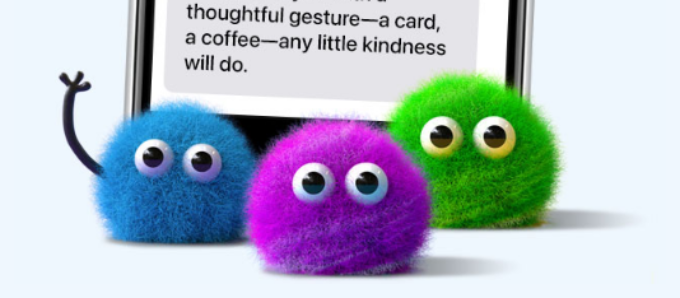
Follow the Nudge
Description: Follow the Nudge is a web app that helps you provide meaningful, ongoing support to people you care about who are grieving.
Source: WPSU
For Grief - Blog
Description: For Grief offers access to leading grief experts, plus a library of videos and other resources that provide the support you need, when you need it. On the For Grief Blog, you’ll find helpful tips about remembering loved ones and finding peace on your grief journey.
Source: For Grief
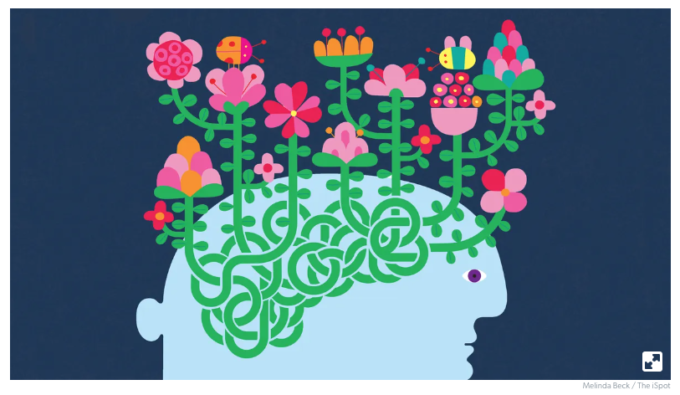
Fostering Emotional Literacy Begins With the Brain
Description: Teaching elementary students the neuroscience of emotions helps them understand their feelings and empowers them to respond with intentionality.
Source: Edutopia

Grief by Age: Developmental Stages and Ways to Help
Description: Describes how grief uniquely affects age groups from infants to young adults, including the manifestation of symptoms, things adults can do to help a grieving child, and links to additional support resources.
Source: Eluna

Grief Sucks
Description: Screw school pamphlets, unhelpful grief groups, and people saying “sorry for your loss.” It’s time to get real about grief. We’re in this together.
Source: Grief Sucks

Hard Days Safety Plan
Description: We all have hard days when we need extra help and support. This worksheet is great for school-aged children. They can fill it out on their own or with an adult.
Source: NACG, Dougy Center

Hetrick-Martin Institute
Description: Hetrick-Martin Institute provides free year-round programs and services for LGTBQIA+ youth and allies ages 13-24 in New York City.
Source: Hetrick-Martin

How am I Feeling Today?
Description: A colorful poster features six cartoon dog facial expressions.
Source: NACG, Dougy Center
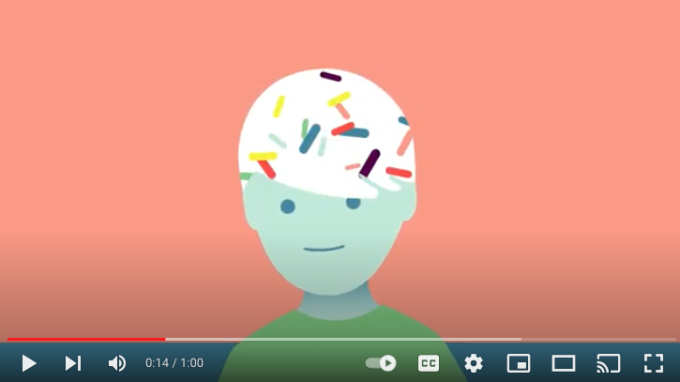
How Mindfulness Can Improve Awareness and Attention
Description: The video explains how strong emotions can cloud our minds like a shaken snow globe, but practicing mindfulness can help calm the storm inside and bring clarity to our thoughts and feelings.
Source: Smiling Mind
How to Reduce Stigma
Description: Guidance on how to address stigmatizing questions and comments related to COVID 19 deaths.
Source: Eluna Network

Ideas for Teaching Children about Emotions
Description: The Center for Early Childhood Mental Health Consultation translates research in healthy mental development into materials that are available on this website.
Source: Georgetown University
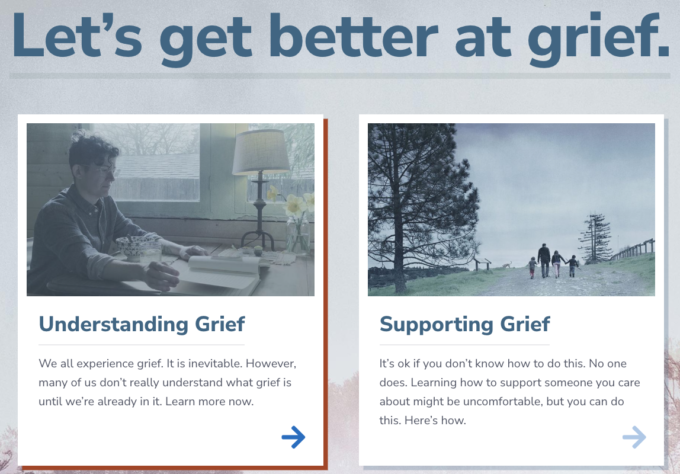
Kids Grieve Differently Than Adults
Description: Best practices for explaining death to children. Emphasizes the importance of being honest yet gentle and encourages the use of clear language and regular check-ins to support their understanding and processing as they grow and mature.
Source: WPSU, Speaking Grief

Learning Grief Webinar
Description: In this webinar, experts discuss how death and non-death losses can impact kids, explore differences between child grief and adult grief, describe how you can coach and model healthy coping and relational skills, share strategies for how you can guide the young people in your life to offer meaningful support to their peers.
Source: Learning Grief, WPSU
Lens of LGBTQ+ Youth & Communities
Description: In this Grief Through the Lens series, our esteemed panelists invited us to expand the definition of grief by honoring intergenerational activism, intersectionality, and collective grief experiences within queer & trans communities. Our panel also explored unique barriers to grief support and actionable steps to build brave and affirming spaces for LGBTQ+ youth and communities.
Source: Eluna Network

Links between bereavement due to sudden death and academic functioning.
Description: Findings from this study indicate that youth are most likely to first experience sudden loss during middle adolescence, that sudden loss often co-occurs with other traumatic events, and that sudden loss is independently associated with lower school functioning. These results underscore the value of risk screening for youth bereaved by sudden loss within schools, particularly during middle adolescence. (APA PsycInfo Database Record (c) 2019 APA, all rights reserved)(Paywall)
Source: American Psychological Association
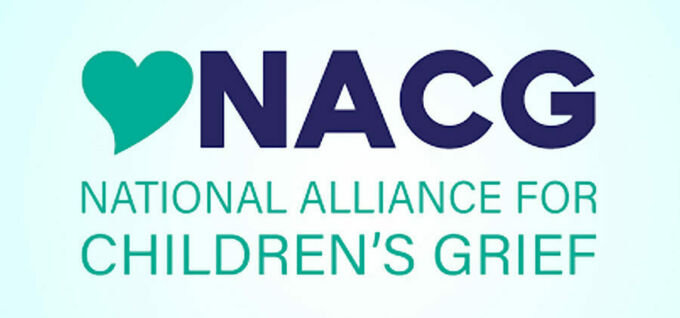
Listening on Repeat
Description: This toolkit from NACG will support you through tools and strategies in being an effective listener to children who are grieving.
Source: NACG
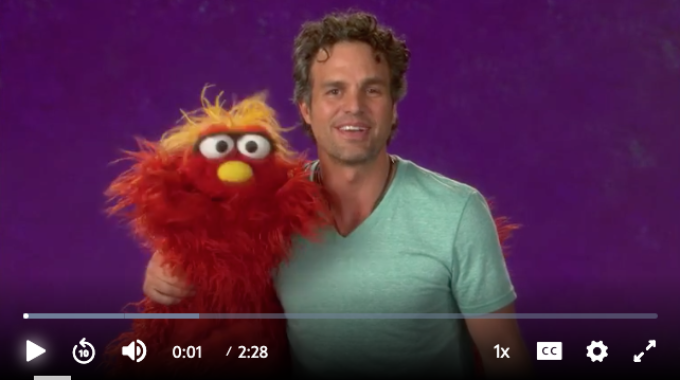
Mark Ruffalo: Empathy
Description: Teach language, vocabulary and listening comprehension with Celebrity Vocab clips!
Source: PBS, Sesame Street

Mindfulness exercises
Description: See how mindfulness helps you live in the moment.
Source: Mayo Clinic

Mindfulness for Kids
Description: When we teach mindfulness to kids, we equip them with tools to build self-esteem, manage stress, and skillfully approach challenges. Explore our guide on how to introduce mindfulness and meditation to your children—at any age.
Source: Mindful
Responding to Tragedy: How to Talk With Children About Traumatic Events
Description: Tips for talking with children about tragic events, such as natural disasters, a school shooting, mass shootings, systemic violence, and wars.
Source: Eluna Network
Save to My Resources 382 Responding to Tragedy: How to Talk With Children About Traumatic Events
Description: Tips for talking with children about tragic events, such as natural disasters, a school shooting, mass shootings, systemic violence, and wars.
Source: Eluna Network
Self-Awareness
Description: Learn how you can help children develop self-awareness, the foundation of social-emotional learning, by teaching the vocabulary of emotions, and modeling behavior that supports self-awareness.
Source: PBS
Self-Awareness and Self-Management
Description: Explore how a better understanding of their own feelings and experiences can help children have better control of their actions.
Source: PBS
